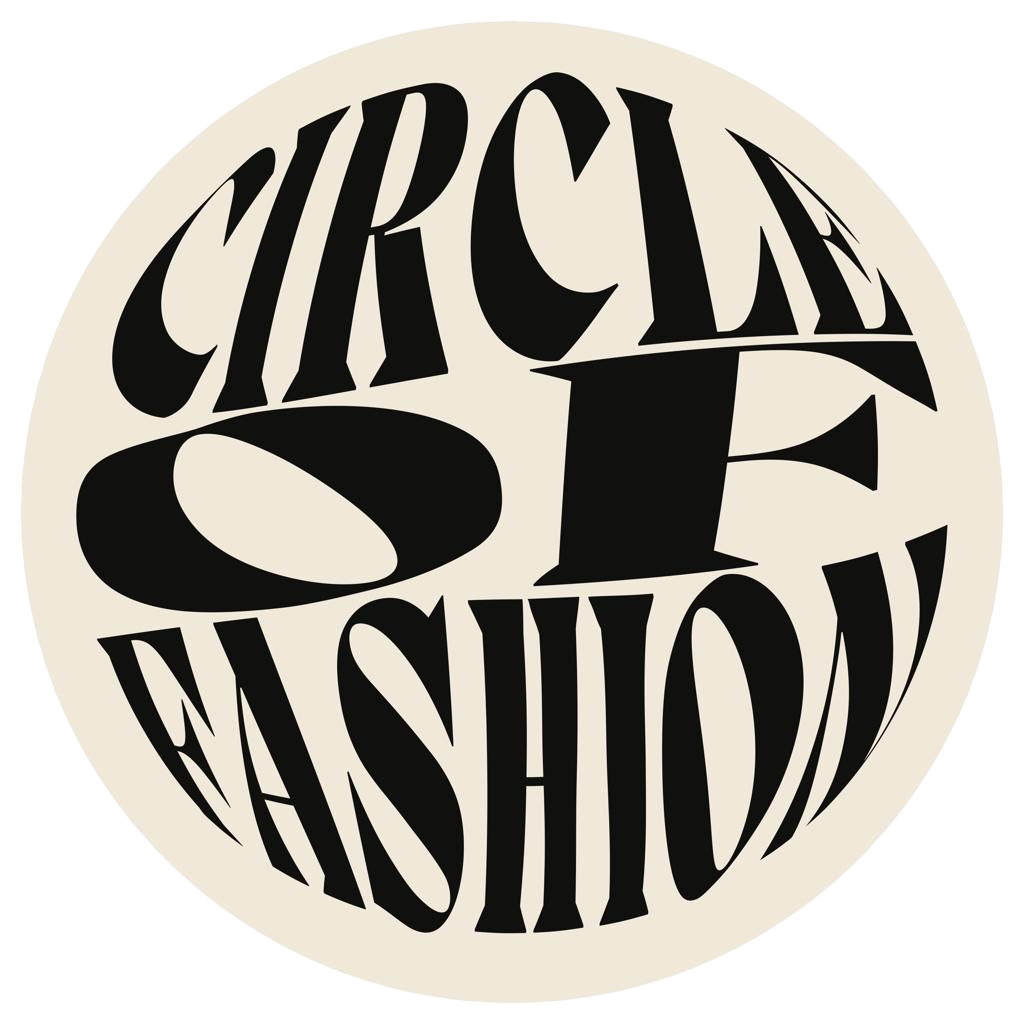Corina Samaha
Edited By Leah Gilbert
Many people are often impressed to hear that supermodels like Karlie Kloss are fans of coding, or that 2022’s Miss USA, Morgan Romano, is a chemical engineer. Science, Technology, Engineering, and Math (STEM) and fashion are indeed very separate fields, or so they may seem to be. In my experience, however, STEM and fashion are quite complementary, allowing people to excel in both.
While incredibly different on the surface, the fashion and STEM industries are surprisingly similar, especially in the skills required to succeed. For success in both fields, one needs intelligence, drive, creativity, and strategy. My personal experience in fashion has centered around marketing, retail, and management whereas my time in STEM has been confined to academia.
My time in STEM and fashion has been very positive, albeit not without its challenges. Given the fast pace of the fashion industry, men and women alike need to prove themselves worthy of their inclusion by producing innovative and profitable ideas for the companies they work for. This can take many different forms including venues for shows, designs, marketing ideas, and ambassadors to sign with. An example of this would be L’Oréal signing Kendall Jenner as brand ambassador, which was an idea that has certainly increased their visibility and sales.
People in fashion experience extreme corporate pressures and tight deadlines, as is with any corporate entity. The fashion industry is an extremely stressful – but very rewarding – field, especially for people who are passionate about fashion. Despite the pressure to perform in fashion and most other industries, I have had the fortune of working with extremely welcoming and warm people. In my marketing position, there is careful and successful effort on behalf of the company to help people strive to do their best and produce work they are proud of.
As any retail worker will tell you, working in such a sector presents difficulties and pressure to perform. In my previous position as a commission sales associate, the entire team was given daily sales goals and performance was constantly evaluated through managerial and customer feedback. Personally, this drove me to work to obtain the best results I could and consistently surpass goals; this was behaviour that was common in many of my colleagues as well. However, when things happen that are out of your control – such as having a slow day – and your sales struggle, this management technique can be quite demoralizing.
While this system may seem to incite competition, I received encouragement and help from my fellow associates and reciprocated it to them as well. It was a very constructive and welcoming work environment, and I feel thankful I was able to partake in it.
Regarding my experience in STEM, it has been very rewarding as well. I have been in STEM since high school and did a Diploma of College Studies (DCS) in Health Sciences at Marianopolis College before starting a Bachelor of Science at McGill. There have been multiple instances – as anyone in STEM will tell you – that have made me question my capabilities in science. However, this self-examination is a big part of what STEM represents for me. It offers moments of insight and revaluation, in addition to the feeling of solving a difficult math or physics problem being simply unparalleled.
In addition to intellectual challenges, accessibility to the STEM field can be an obstacle. As a first-year student at McGill, I was initially faced with many difficulties finding a research project to work on. Many research projects, teaching assistant positions, and mentorships are reserved for upper-year or graduate students in STEM. I have learned from fellow classmates that this is not the case in some other fields.
Overcoming the challenges I face in STEM make me – in my opinion – a stronger person. However, I have also had many amazing opportunities in STEM such as the research project I am currently involved with, and connecting with brilliant and passionate people.
My work in STEM has been an immense asset to my work in fashion. It has taught me discipline, ambition, and perseverance, which is the most valuable lesson I have learned from my years in STEM, and has undoubtedly served me in my retail and marketing work. General knowledge of STEM is also useful in the fashion industry. We often forget that the industry employs scientists such as engineers, researchers, and chemists for unique designs. Most importantly, they greatly contribute to the feats of sustainable fashion such as the development of new, renewable wood and plant-based fibers to replace petroleum and other nonbiodegradable synthetic textiles.
Likewise, my time in fashion has taught me to embrace creativity, especially in situations where there is seemingly no room for creativity. Applying creative innovation in STEM is how discoveries are made, after all. Progress often starts with a single person with a fresh idea. I have learned STEM is not as black and white as may seem. There is always a new way to solve a problem, a different way to understand a concept, and a new path to be explored.
Although a seemingly unlikely combination, I believe STEM and fashion are invaluable to each other. Perhaps, over time, more people in STEM will be encouraged to explore the world of fashion, and those in fashion will be driven to STEM.
